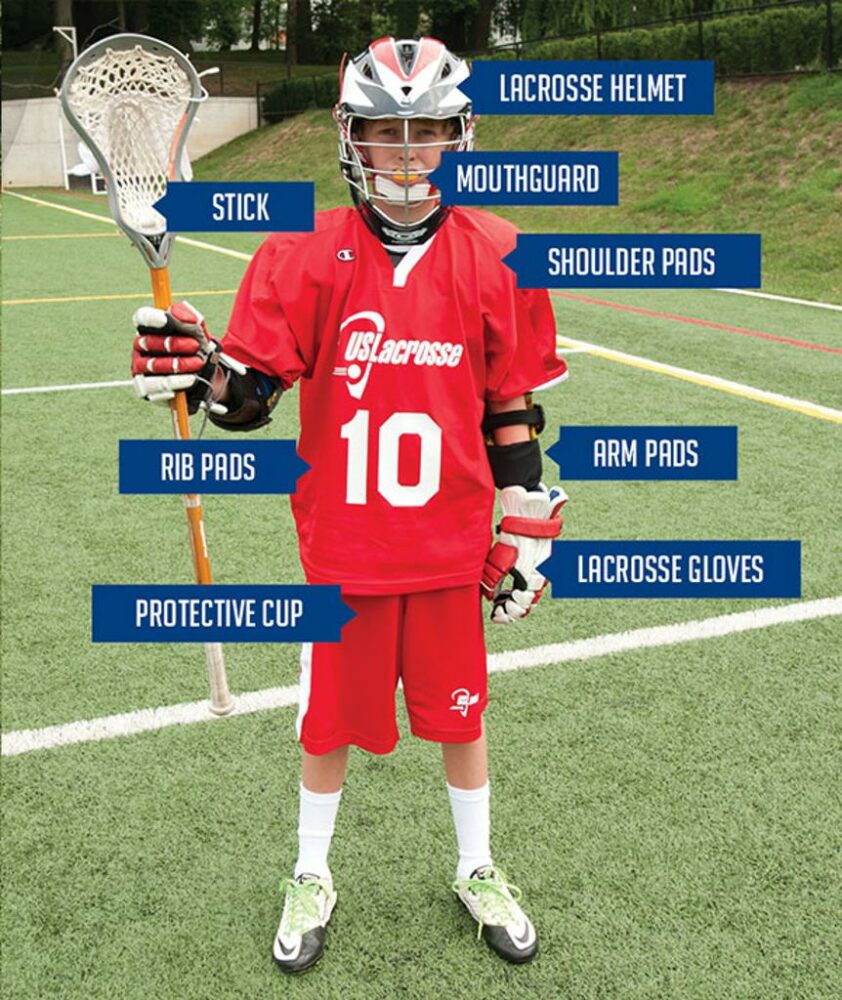Lacrosse is a physical game. It requires near constant movement, which is fantastic for conditioning and overall fitness. Though youth lacrosse doesn’t allow body checking, there is still contact between players. The game uses a stick with a head on it that holds a ball.
Lacrosse requires coordination. Players use a stick with a head to catch and throw a rubber ball. The coordination required to run, and handle the balls, using the stick as well as being him the sticks of their opponents. Stick skills are so important to good play that if they begin really young their aptitude should exceed that of their peers who join later.
Lacrosse is a game of practice. As mentioned before, stick skills become a major asset for players. Handling the stick while running and getting comfortable and adept at catching, passing, and shooting the ball will require many hours of practice. Players can use a tennis ball against a wall to start with, doing various drills to learn techniques for handling their stick. It takes persistence to excel at anything and lacrosse is certainly no exception.
Lacrosse is all about being part of a TEAM. One of the great things about the sport of lacrosse is, with the sport growing in popularity, there are more opportunities than ever to join a team so kids can start at any time that makes sense for them. While it can take some time to learn the fundamentals and begin to become adept with handling the tools of the sport, the game offers a chance for even the entry level player to compete and enjoy themselves so getting your kid involved should mostly come down to their enthusiasm about embracing a new sport and being part of a team. Lacrosse is not an individual sport. It will quickly teach kids to share, pass, and back up their fellow players.
PLAYER EQUIPMENT:
For players just getting started in lacrosse, we know that finding the right equipment can be a bit confusing, and perhaps, even a little intimidating. It’s important to know that there are key differences in the required protective equipment between the boys’ and girls’ game, as well as between field players and goalies. Also, box lacrosse has its own unique gender-neutral equipment requirements.
Boys field players are required to use a helmet, stick, gloves, shoulder pads, arm pads, a mouthguard and a protective cup. Rib pads are optional. Goalies are also required to wear a helmet with face mask, a separate throat protector, padded gloves and a chest protector.

Boys’ Lacrosse Field Set-Up:
There are 9 players and a goalie per team. There are 3 offensive players lined up usually referred to as “attackmen.” They are exactly what they sound like – players who shoot on their opponent’s net. There are 3 “midfielders” who both take shots and defend their own goal. Then there are 3 “defensemen” who protect their own net. Finally, there is a “goalie” – the last defender who blocks any incoming shots.
Players use a stick with a head on it to scoop the ball off the ground, pass it to other players through the air and shoot on goal. Players can run while carrying the ball with their stick (the head, or pocket, to be exact). In the men’s game, players are allowed to kick the ball and cover it with their stick as long as they are not keeping the ball out of play.
Click the Field Diagram for a Lacrosse 101 video

